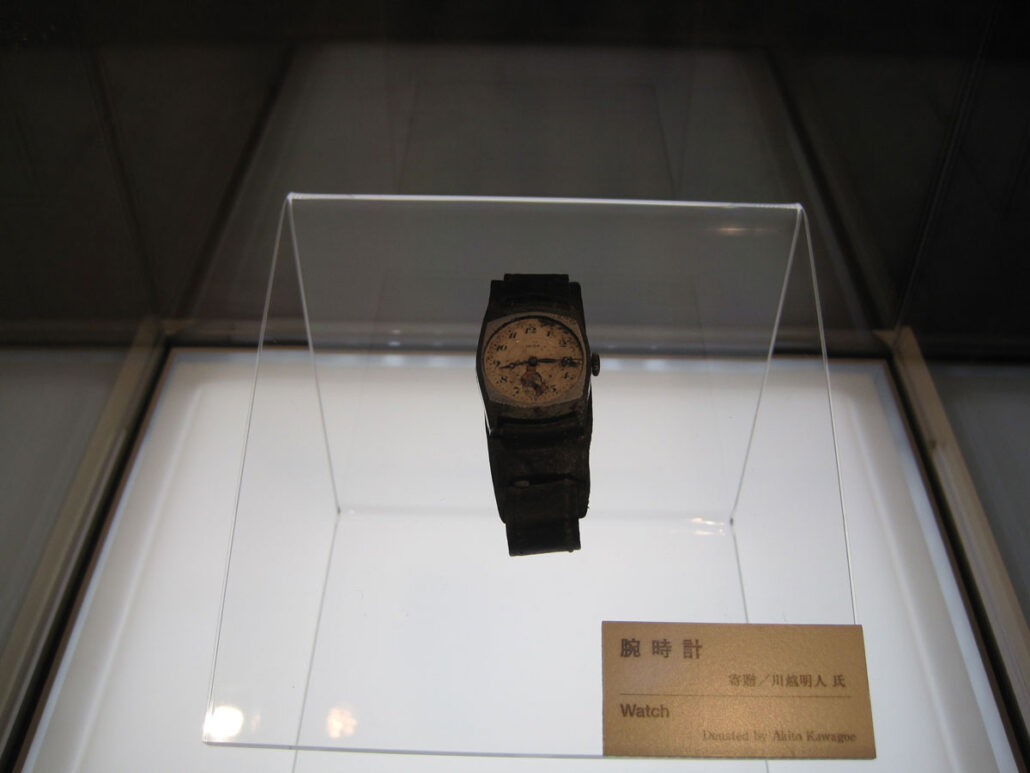
by Shana Scott
Gas station receipts, junk mail catalogs, and notepad doodles aren’t exactly what we imagine future researchers studying to learn about our time in history. And yet, that’s not solely up for modern-day archivists to decide, is it? We’ve written before about the importance of preserving “everyday history,” but what about the stuff that we don’t necessarily find important or impactful to the greater perspective of history?
Some recent news out of the history field has me thinking about the everyday artifacts future researchers may consider as records of historical moments—even if they’re what we might consider “trash” in modern times.
Board in Ancient Times
In 2021, archeologists studying the Qumaryrah Valley region in Oman made a fascinating discovery. During their quest to learn more about ancient settlements in the region, they excavated several tower-like structures dating back to the Bronze Age that may have been used for smelting. While the towers were a huge find, they also found something that indicates how those smelting workers might have been spending their lunch breaks.
At a dig site near a village named Ayn Bani Saidah, researchers uncovered a stone board game with grid-like markings and holes for cups or stones, like a modern-day mancala board. As it turned out, this board game was an ancestor of another ancient game, called the Royal Game of Ur, which dates back to 3000 BCE and eventually became the version of backgammon we all know and love today.
An ancient board game isn’t something researchers would simply throw away due to its banality. It teaches a lot about how people lived in the past, even if to its original owners it was nothing more than a mundane board game on a shelf.
Seated Like Kings
A different archeological find from the last year also stirred the pot of historical understanding, though in a much different way. Researchers studying the communities of ancient Israel made a huge discovery while excavating ruins of a 7th century BCE estate in Jerusalem.
Unlike most residences during that time in history, this villa contained an indoor toilet—a luxury virtually unheard of back then. It’s a clue that the owner of the estate was wealthy. Archeologists found a large reservoir for water under the structure and what appeared to be a primitive toilet seat. Pollen samples from the ruins indicate the stone toilet room had windows or an open roof to help with ventilation, and the gardens around the estate had been strategically planted to utilize fragrant trees to reduce odors from the toilet.
What’s the most impactful part of this somewhat indelicate find? Researchers analyzing the site were able to learn about the diets of these ancient Jerusalemites by studying the sediment samples from the pit below the toilet itself, revealing its users suffered from multiple parasitic infections.
While this is indeed gross (and was probably quite uncomfortable for the poor 7th century folks), it connected the dots for those who study this region. Inhabitants of the area farmed and used the composted human waste to fertilize crops in the rocky Jerusalem soil, indicated by parasite eggs researchers found under the stone toilet seat. As the waste fertilized crops, it also reinfected the people who ate them, which appears to have included these privileged estate owners.
Flush With Content
Even an old toilet has a lot to say about the era it was used in, but understandably you might be asking “What do these recent finds have to do with MY collection?” Contextualizing the history that a collection conveys helps to tell its story. Photos of Great Uncle Lester holding his bowling trophy become even more impactful when viewed next to the physical trophy.
The Hiroshima Peace Memorial Museum has perfected using everyday items to highlight historical moments. The children’s toys and dishware of Japan’s daily life paint a striking picture of the normal August 1945 day that was interrupted by the atomic bomb. Being able to see a wristwatch frozen at the time of the bomb is leagues more affecting to museum-goers than just a photograph or a paragraph of text.


You don’t need an entire collection of questionable artifacts to add value to your organization. Including everyday artifacts like a pack of cards or jar of buttons can add flavor to your exhibits. Highlight a collection of letters and journals, for example, by displaying them next to an object described in a letter or linking to related listings in your digital library to broaden the scope.
Oftentimes, everyday artifacts are the most memorable parts of historical exhibits because people of all ages can relate to them and put themselves in the shoes of someone who used an item 4,000 years ago. These items show the humanity of the histories we’re attempting to lift up by preserving them.
Do you have artifacts around your home that might serve as “unwritten history”? Though we’ve never preserved a toilet, we’re happy to help you find new life for your collection.


